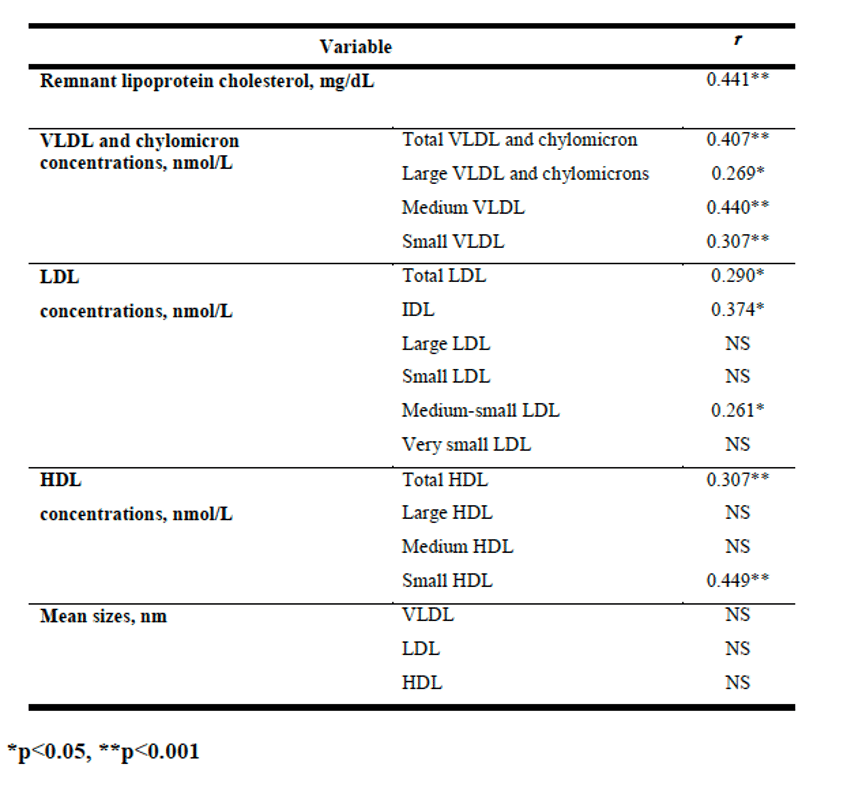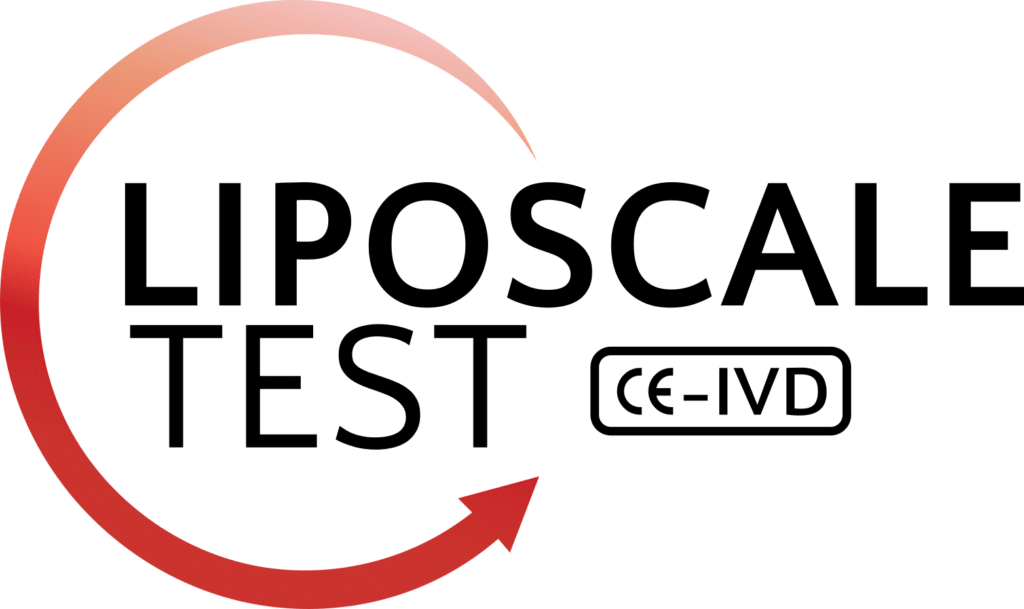Lupus, a chronic autoimmune disease, is closely associated with an elevated risk of cardiovascular diseases, one of the main causes of mortality in these patients. Chronic inflammation and the autoimmune response that characterize lupus not only damage joints and skin but can also significantly affect the cardiovascular system. It accelerates the process of atherosclerosis and increases the risk of heart attacks and strokes.
Therefore, early and accurate detection of associated cardiovascular risks in these patients is crucial for timely intervention and improvement of long-term outcomes. Identifying these risks in a timely manner can help implement therapeutic strategies that alter the course of the disease and improve patients’ quality of life.
Metabolomics through NMR
In this context, NMR metabolomics emerges as a revolutionary tool, providing an advanced lipoprotein profile that goes beyond traditional cholesterol tests. This advanced technology enables a detailed evaluation of lipoprotein particles, including size and density, factors crucial for understanding how lupus specifically and profoundly affects cardiovascular health beyond standard lipid measurements.
This approach can reveal new risk biomarkers that go unnoticed in conventional analyses, offering the opportunity to personalize treatments and more effectively focus on preventing cardiac complications in lupus patients.
A study conducted by researchers Sandra Parra (1), Miguel López-Dupla (2), Daiana Ibarretxe (3), Mercedes de las Heras (4), Nuria Amigó (5), Alba Català (1), Marc Benavent (1), Esperanza Garcés (1), Álvaro Navarro (1), and Antoni Castro (1) investigated how lupus contributes to arterial stiffness.
In the study, 69 lupus patients were compared with 34 healthy controls to assess arterial stiffness using the augmentation index (AIx). The findings were significant: lupus patients showed notably higher arterial stiffness compared to the healthy controls, corroborating the increased cardiovascular risk.
Moreover, the study performed an advanced lipoprotein profile. It found a strong association between certain lipoprotein particles and an increase in arterial stiffness in lupus patients. Notably, small dense HDL particles, generally considered protective, were predictive of higher levels of arterial stiffness.
By analyzing the size and concentration of lipoprotein particles, NMR provided predictive information about cardiovascular risks that traditional lipid profiles might overlook.

The use of NMR in the study not only underscores the advanced capabilities of this technology but also highlights its importance in managing systemic diseases like lupus. By integrating lipoprotein tests via NMR into regular cardiovascular assessments for lupus patients, physicians can significantly enhance the accuracy of risk evaluation and treatment approaches.
With the use of NMR, physicians can obtain a clearer and more complete picture of the patients’ lipid profile, which aids in designing more precise and appropriate interventions that address not only the symptoms of lupus but also the associated long-term risks, such as cardiovascular diseases. This type of advanced diagnosis is a step towards personalized medicine, where treatment and prevention are specifically tailored to the individual characteristics of the patient, enhancing the effectiveness of interventions and minimizing adverse effects. Finally, NMR metabolomics establishes itself as a fundamental pillar in the fight against the secondary complications of lupus, opening new paths for the management and treatment of this complex disease.
At Biosfer Teslab, we specialize in NMR metabolomic analysis, supported by numerous publications. If you are conducting research in the field of autoimmune diseases and are interested in incorporating metabolomics into your studies, do not hesitate to contact us here.
Affiliations:
(1): Department of Internal Medicine. Autoimmune Diseases Unit. Sant Joan University Hospital (Reus). Pere Virgili Health Research Institute (IISPV). Rovira i Virgili University, Reus.
(2): Department of Internal Medicine. Joan XXIII University Hospital (Tarragona). Pere Virgili Health Research Institute (IISPV). Rovira i Virgili University, Reus.
(3): Vascular Medicine and Metabolism Unit I, Sant Joan University Hospital (Reus). Internal Medicine. Pere Virgili Health Research Institute (IISPV). Rovira i Virgili University, Reus.
(4): Lipids and Arteriosclerosis Research Unit (URLA). CIBERDEM Sant Joan University Hospital (Reus). Internal Medicine. Pere Virgili Health Research Institute (IISPV). Rovira i Virgili University, Reus.
(5): Metabolomics Platform, Pere Virgili Health Research Institute (IISPV). Rovira i Virgili University, CIBERDEM, Biosfer Teslab (Reus)


